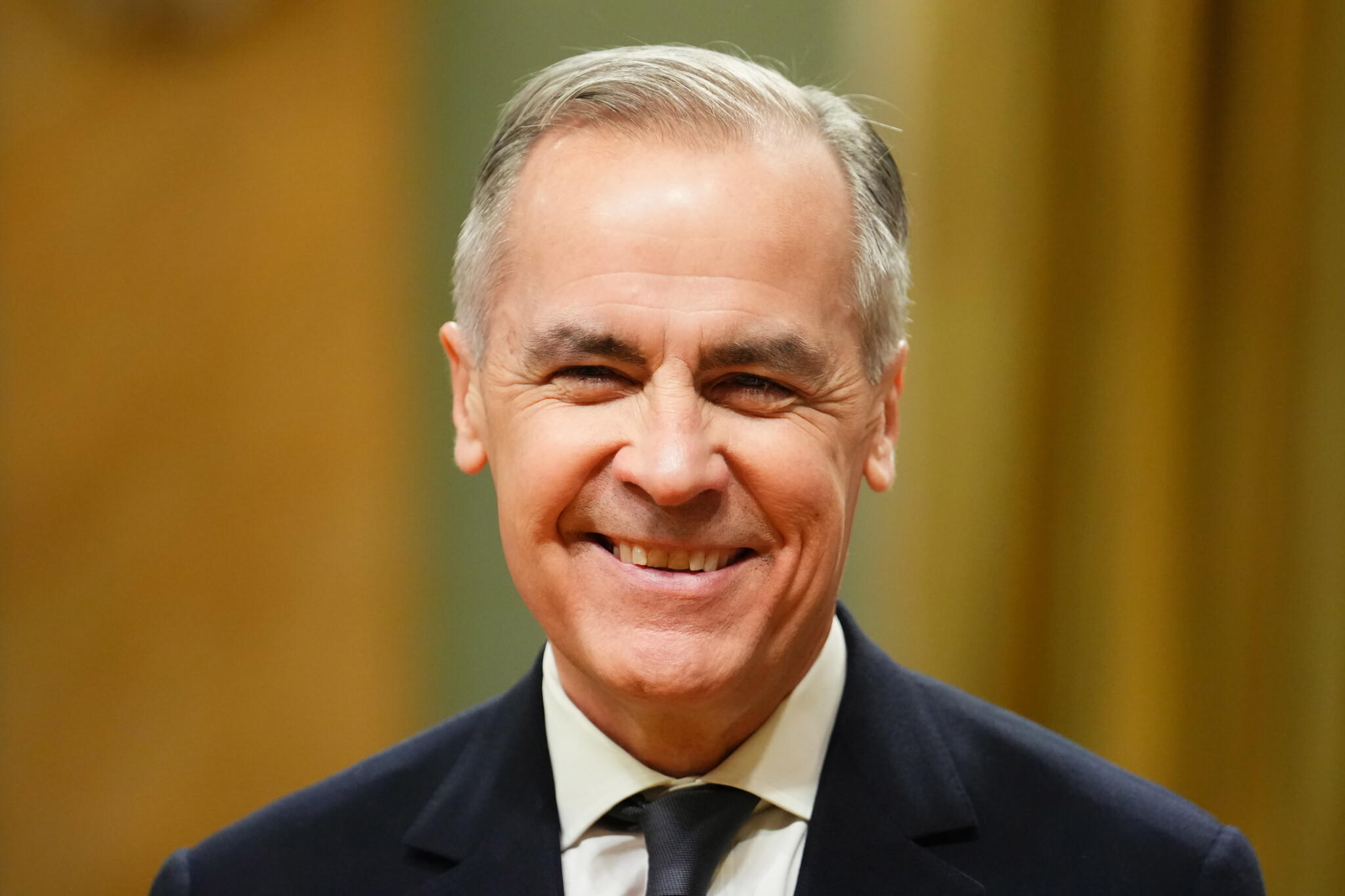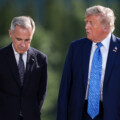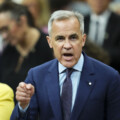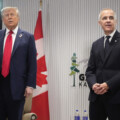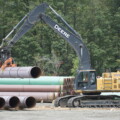In the 2024 U.S. election, forecasting platforms and betting markets indicated a Donald Trump victory was likely even while polls indicated that the race was on a knife’s edge. Open to anyone looking to make a prediction, forecasting platforms and betting markets can provide highly accurate, crowd-sourced predictions on events ranging from elections to trade wars and everything in between.
With Canadian political polling uniquely volatile in 2025, these same platforms are making a variety of predictions about the Canadian election. Here’s what they’re saying as of deadline on April 10:
Election outcome
Early forecasting on RANGE has the Liberals likely to form government (70 percent) and nearly a one-in-three chance of forming a majority (32 percent).
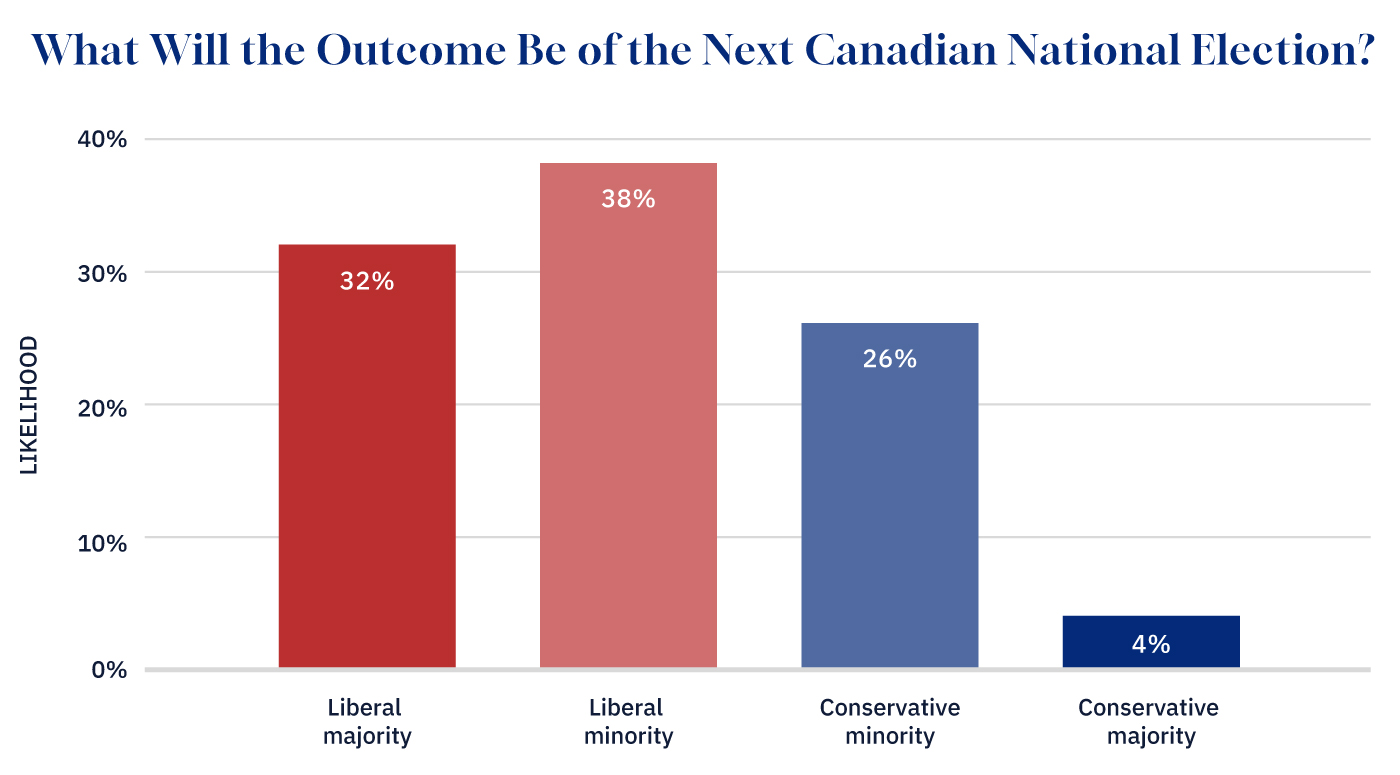
Graphic credit: Janice Nelson.
The gap between 338Canada’s likelihoods (90 percent chance of a Liberal majority) and forecasters’ comes from accounting for the possibility of the polls changing between now and the election. RANGE forecasters cite Mark Carney’s relatively unknown status and Trump’s aggression as factors that could change the polls in the weeks leading up to the election.
Conservative seat total
At Good Judgment Open, forecasters give the Conservatives about a 3 percent chance of a majority government, but most likely winning a similar number of seats to what they currently hold in Parliament.
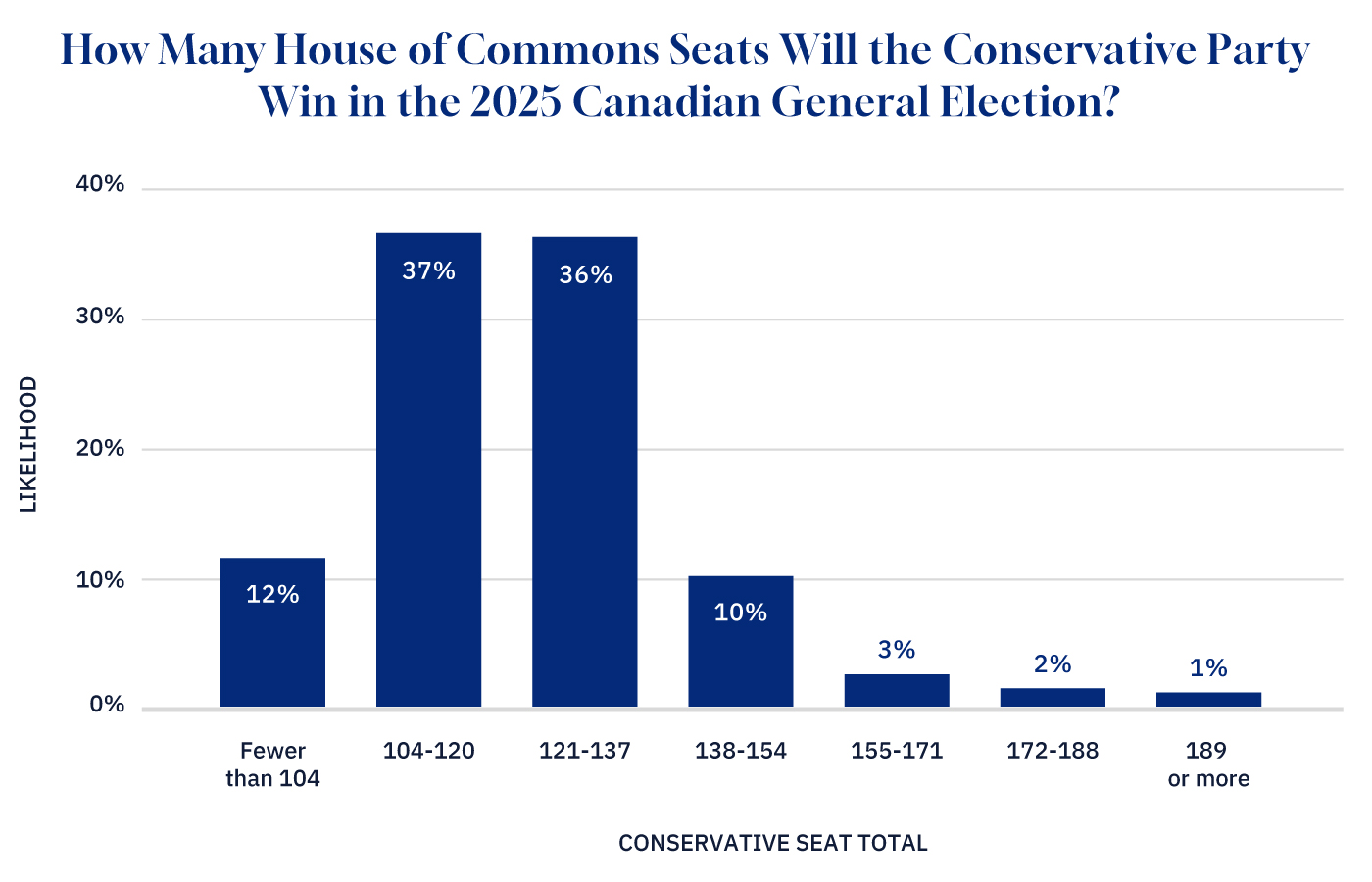
Graphic credit: Janice Nelson.
Betting markets
At Polymarket, bettors have moved more in favour of Carney in the last week, giving him three-to-one odds to remain as prime minister after the election.
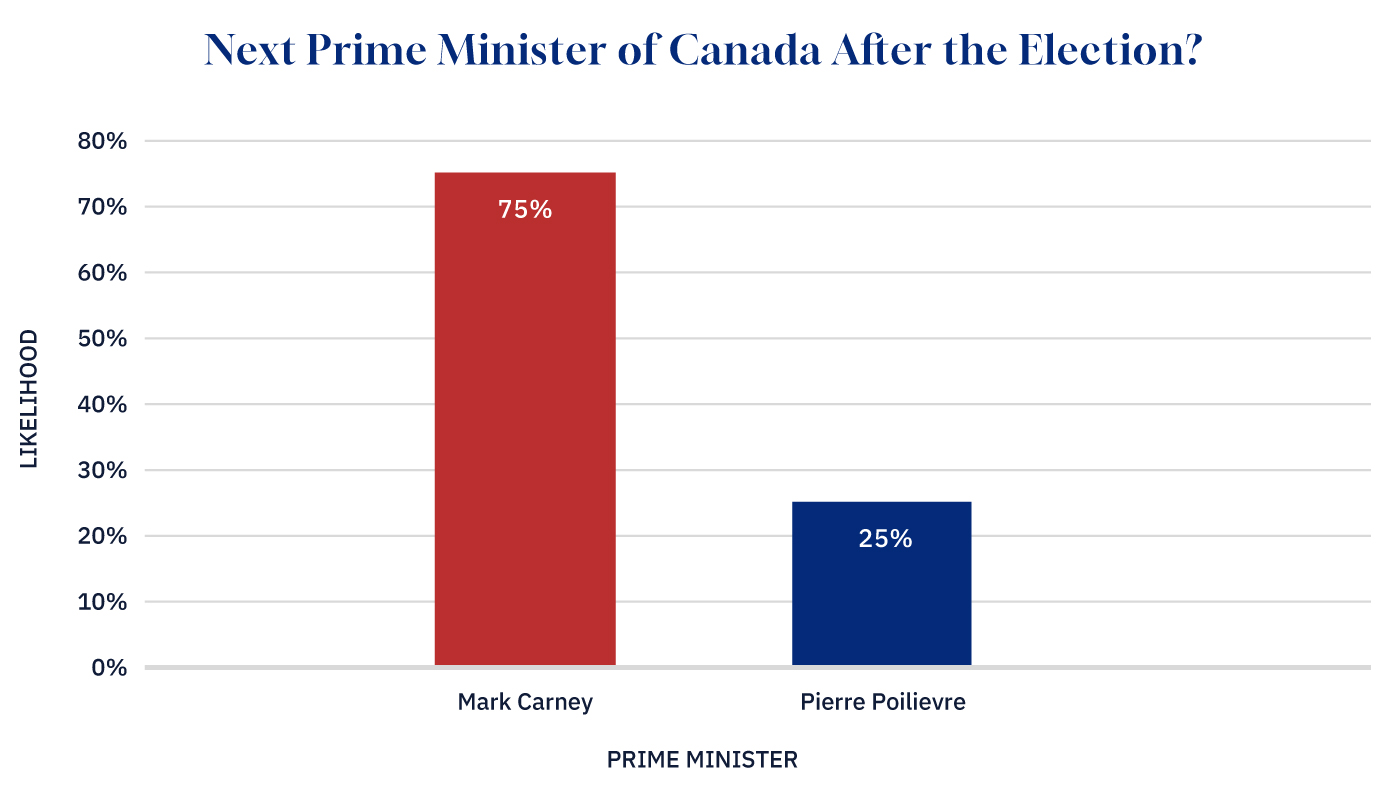
Graphic credit: Janice Nelson.
What FOX readers think
Finally, the havoc Trump’s aggression has wreaked on Canadian politics might not yet be understood by our neighbours to the south. FOX News readers are the most bullish on the Conservatives’ chances, but nonetheless give the Liberals a slight edge, 55 percent to 45 percent.
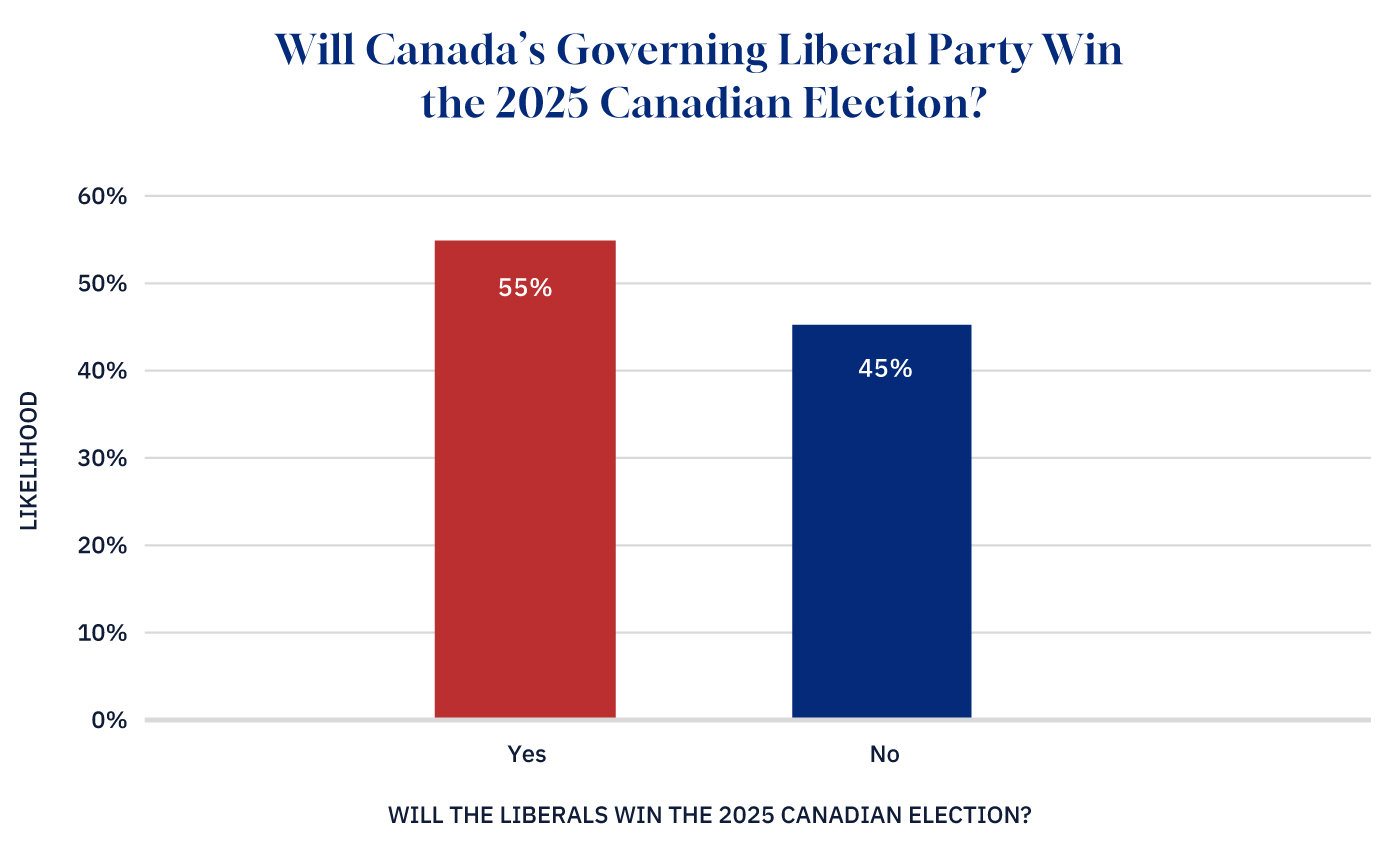
What’s next
The debates next week are likely the biggest opportunity for party leaders to shake up the race and improve their chances.
As the election approaches, we can expect forecasters and markets to report findings more similar to the polls, but they will still take into account possible “shy” voters and the polling volatility that can occur immediately before an election.
